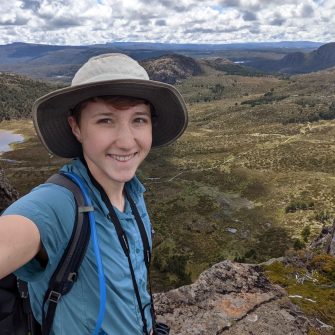
Dana Lanceman
I am an enthusiastic young ecologist with a passion for all things environment. I started my PhD in September 2022 in coastal ecosystem restoration so that I can help contribute to reinvigorating our natural world. In my spare time, I love exploring our natural marine, freshwater and terrestrial ecosystems, and you can find me walking, swimming, bodysurfing, snorkelling, scuba diving, hiking, kayaking, rock-hopping and otherwise having a blast out in nature.
Project: Enhancing coastal ecosystem restoration outcomes through better understanding of spatial and temporal influences
Supervised by: Mariana Mayer-Pinto and Will Glamore
Project Description: Coastal ecosystem restoration is still a very young field, and to be able to increase the scale and success of these restoration projects, we need to better develop our understanding of what influences restoration outcomes. We often assume restoration projects will provide the ecosystem services and biodiversity benefits that exist in natural ecosystems, but are our restoration sites actually providing these benefits? I aim to explore the temporal trajectory of ecosystem services and biodiversity benefits at intertidal estuarine restoration sites, and the environmental and anthropogenic constraints that may limit restoration outcomes. I also aim to explore the role of connectivity and habitat/species interactions in influencing restoration success and the impact of restoration sites on the broader catchment and/or seascape.
- Publications
Lanceman, D., Sadat-Noori, M., Gaston, T., Drummond, C. & Glamore, W. (2022). Blue carbon ecosystem monitoring using remote sensing reveals wetland restoration pathways. Frontiers in Environmental Science. https://doi.org/10.3389/fenvs.2022.924221
Michael, D.R., Schlen, T. & Lanceman, D. (2022). A feeding observation in a free-ranging Grey Snake Hemiaspis damelii (Günther 1876) in the Murrumbidgee catchment, southern NSW. Australian Zoologist, 42(3). https://doi.org/10.7882/AZ.2022.011
